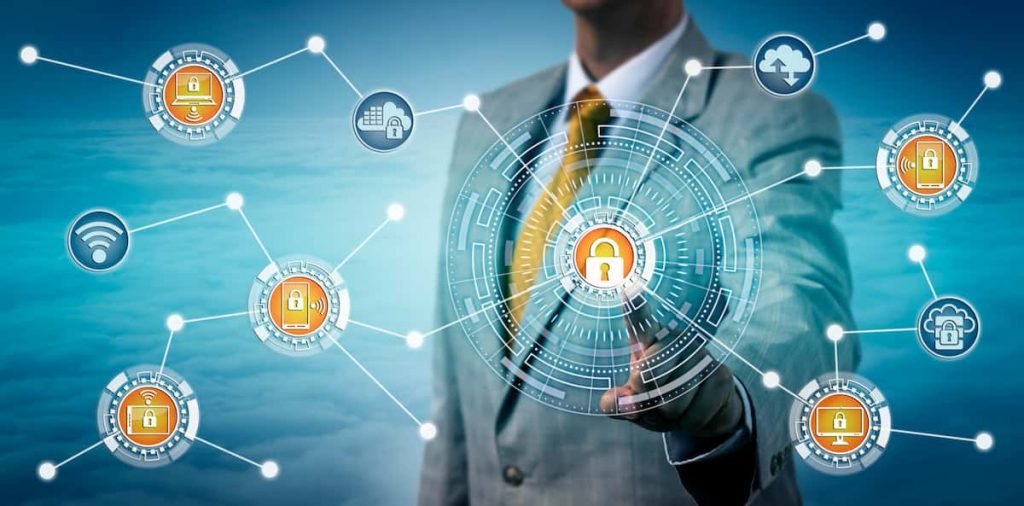Capturing Moments – The Power of Photo Content to Inspire and Connect
In an age dominated by digital interactions, the power of photo content has emerged as a transformative tool for inspiration and connection. Visual storytelling transcends language barriers, allowing individuals to share experiences, emotions, and narratives that resonate on a personal level. Photographs can encapsulate the essence of a moment, evoking memories and feelings that words alone often struggle to convey. Whether it is a breathtaking landscape, a candid smile, or a profound social issue, each image has the potential to inspire change and spark meaningful conversations. The effectiveness of photo content lies in its ability to engage audiences immediately. Studies show that visual content is processed faster than text, making it an ideal medium for capturing attention in the fast-paced world. A single photograph can evoke empathy, provoke thought, or ignite passion, drawing viewers into a deeper narrative. For brands and organizations, utilizing compelling imagery in marketing strategies not only enhances engagement but also fosters a sense of authenticity and reliability. People are drawn to visuals that reflect genuine moments, making them more likely to connect with a brand’s message.
Moreover, Photo content serves as a powerful medium for storytelling. It allows individuals and communities to document their journeys, struggles, and triumphs, creating a rich tapestry of shared human experience. Through photographs, we can witness diverse cultures, lifestyles, and perspectives that broaden the understanding of the world. This visual diversity encourages inclusivity, allowing voices that may have been overlooked to shine through and fostering a sense of solidarity among viewers. In the realm of social media, photo content has become the cornerstone of online communication. Platforms dedicated to sharing images enable users to curate their lives, displaying milestones and everyday moments alike. This sharing fosters a sense of community, as individuals connect over shared experiences and interests. The viral nature of photo content means that a single image can reach millions, amplifying messages and causes in ways that were previously unimaginable. Activists, artists, and everyday individuals leverage the power of imagery to raise awareness about critical social issues, creating a visual dialogue that inspires action and change.
The emotional resonance of photo content cannot be overstated. Images that capture genuine emotions joy, sadness, love, or resilience have the power to touch hearts and minds, forging connections that transcend geographical and cultural divides. They remind us of the shared humanity and the stories that unite us. As we navigate a world that often feels fragmented, the ability to connect through the lens of a camera offers a beacon of hope, reminding us that even in the differences, we share common threads. In conclusion, the power of photo content lies in its ability to inspire and connect. By harnessing the emotive potential of images, we can foster deeper relationships, spark meaningful dialogues, and create a more inclusive narrative. As we continue to capture and share moments, let us embrace the profound impact of visual storytelling as a force for connection and change in the lives.





